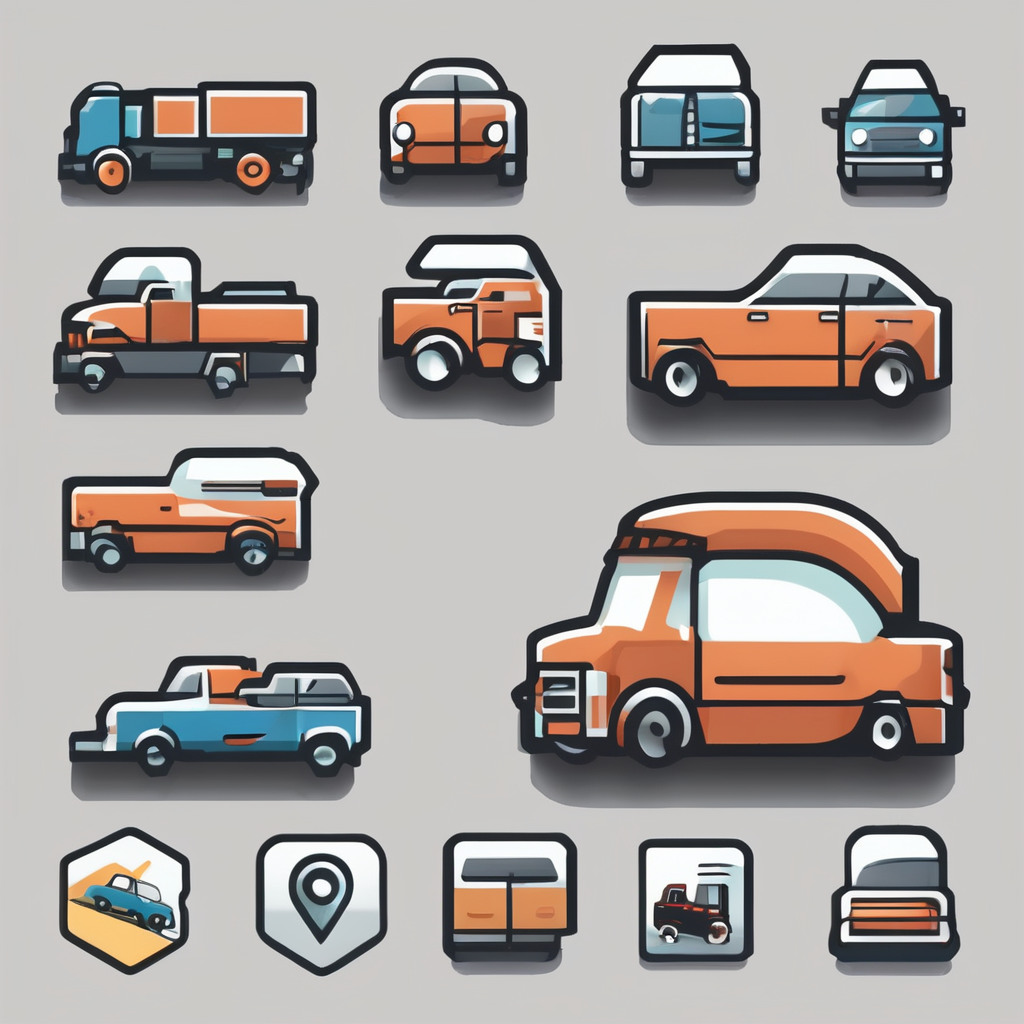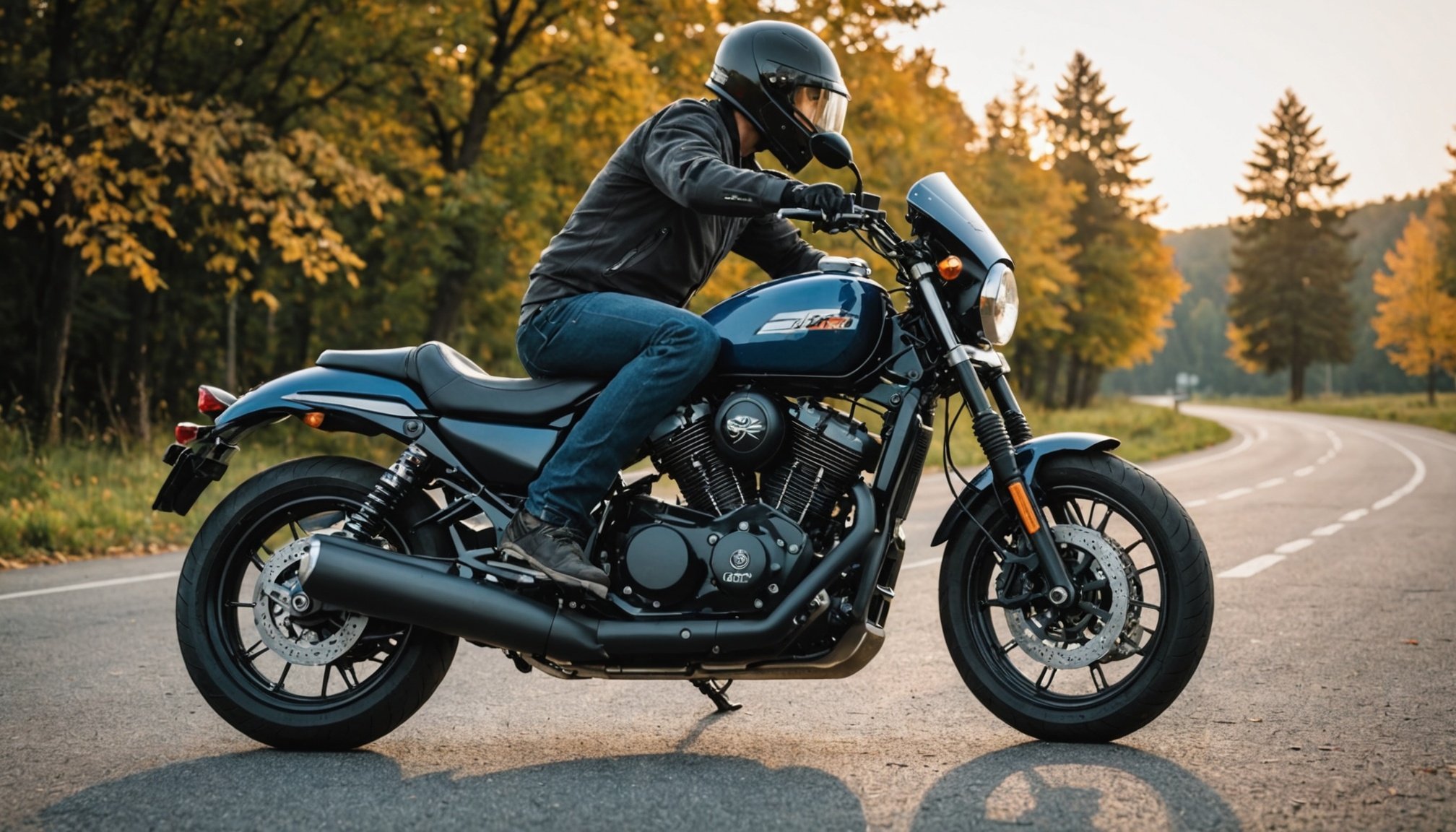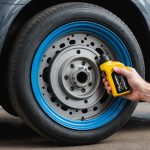Motorcycles offer a unique blend of thrill and freedom on the road, embodying both adventure and efficiency. However, to ensure that your bike continues to deliver optimal performance, it’s crucial to adhere to a meticulous maintenance schedule. Proper care not only prolongs the life of your motorcycle but also ensures safe and enjoyable rides. In this article, we’ll guide you through the essential components of creating a robust maintenance schedule, emphasizing the importance of regular checks and services.
Regular Oil and Fluid Checks
Understanding the Importance of Oils and Fluids
The engine is the heart of your motorcycle, and like any heart, it needs to be well-lubricated to function efficiently. Regular oil checks are paramount for maintaining the health of the engine. Oil acts as a lubricant, reducing friction and preventing the engine from overheating. Neglecting oil changes can lead to severe engine damage, affecting both the performance and longevity of your bike.
In the same genre : How can you enhance your motorcycle’s performance with aftermarket parts?
Steps to Ensure Proper Oil Maintenance
-
Check Oil Levels Frequently: Make it a habit to check your oil levels before hitting the road. An engine that runs low on oil is more prone to wear and tear.
- Pro Tip: Use the bike’s dipstick or sight glass to assess oil levels accurately.
- Change Oil at Recommended Intervals: Follow the manufacturer’s guide on oil change intervals, typically every 3,000 to 5,000 miles, depending on the type of oil used.
-
Monitor Other Fluids: Besides oil, don’t overlook brake fluid, coolant, and transmission fluid. Each plays a critical role in ensuring your ride is smooth and safe.
Also to discover : What are the legal requirements for riding motorcycles in the UK?
- Fact: Deteriorated brake fluid can significantly reduce braking performance.
Signs You Need an Oil Change
- Dark or Gritty Oil: Fresh oil appears amber and translucent. If it’s dark or contains grit, it’s time for a change.
- Increased Engine Noise: Excessive noise can indicate insufficient lubrication.
Keep these checks at the forefront of your schedule to keep your motorcycle running seamlessly.
Inspecting and Maintaining the Chain
The Role of the Chain in Motorcycle Performance
The chain is an integral component that transfers power from the engine to the wheels. A well-maintained chain ensures efficient power transfer, affecting speed and overall ride quality. Regular inspection and maintenance can prevent unexpected breakdowns and costly repairs.
Steps to a Healthy Chain
-
Regular Cleaning and Lubrication: Dirt and grime can quickly accumulate on the chain, hindering its function.
- Tip: Use a brush and degreaser to clean the chain, then apply a specialized chain lubricant.
-
Tension Check: Ensure the chain is neither too tight nor too loose. Incorrect tension can lead to excessive wear or even chain breakage.
- Rule of Thumb: A chain should have about an inch of slack when pressed midway.
-
Inspect for Wear and Tear: Look for signs of rust, kinks, or missing rollers.
- Advice: Replace the chain if you notice any significant wear, as it could compromise ride safety.
Signs of a Neglected Chain
- Noise: Rattling or squealing sounds indicate a dry chain needing lubrication.
- Difficulty in Shifting Gears: Indicates inadequate chain tension or lubrication.
By integrating these practices into your schedule, you’ll ensure your motorcycle’s chain remains in top condition.
Ensuring Brake Efficiency
Why Brake Maintenance is Crucial
Your brakes are your primary safety feature, making their regular maintenance non-negotiable. Compromised brakes can lead to dangerous situations, so it’s essential to check them frequently.
Maintaining Brake Systems
-
Inspect Brake Pads: Worn brake pads can dramatically reduce stopping power. Keep an eye on their thickness and replace them if they appear thin.
- Notable: Brake pads generally need replacement every 20,000 miles, depending on usage.
-
Check Brake Lines: Inspect for any signs of wear, cracking, or leaks.
- Tip: Test your brakes regularly by gently applying them during low-speed rides.
- Bleed the Brake System: Air can enter the brake lines, reducing efficiency. Bleeding the brakes removes trapped air, ensuring responsive braking.
Indicators of Brake Problems
- Squealing or Squeaking: Signals worn-out pads or the need for lubrication.
- Vibrations: Felt through the brake lever, indicating potential rotor issues or warped discs.
Regular brake checks should be a priority in your maintenance schedule, ensuring you have the stopping power necessary for safe rides.
Keeping Your Bike Clean and Efficient
The Importance of Cleanliness and Aerodynamics
While often overlooked, keeping your motorcycle clean is essential for both aesthetic appeal and functional efficiency. A clean bike runs smoother, performs better, and has a longer lifespan.
Steps to Maintain a Clean Ride
-
Regular Washing: Use mild soaps and soft cloths to wash your bike, keeping dirt and salt buildup at bay.
- Note: Avoid high-pressure washers as they can damage sensitive parts.
- Wax for Protection: After cleaning, a layer of wax can protect the paint and make future cleans easier.
-
Air Filter Maintenance: A clean air filter ensures your engine receives adequate airflow, optimizing fuel combustion.
- Advice: Check and clean or replace your air filter every 5,000 miles.
Benefits of a Clean Bike
- Improved Fuel Efficiency: Reduced drag from dirt and grime enhances fuel consumption.
- Easier Inspections: A clean bike makes it easier to spot potential issues like leaks or damages.
Maintaining cleanliness should be a consistent part of your motorcycle maintenance routine, safeguarding your ride’s longevity and performance.
Creating and adhering to a meticulous maintenance schedule is pivotal in prolonging the life of your motorcycle. Through regular oil and fluid checks, diligent chain maintenance, thorough brake inspections, and consistent cleaning, you ensure your bike runs efficiently and safely. By investing time in these routines, you not only enhance your motorcycle’s performance but also enrich your riding experience. Remember, a well-maintained bike isn’t just about performance; it’s about ensuring every ride is a safe and exhilarating adventure.











